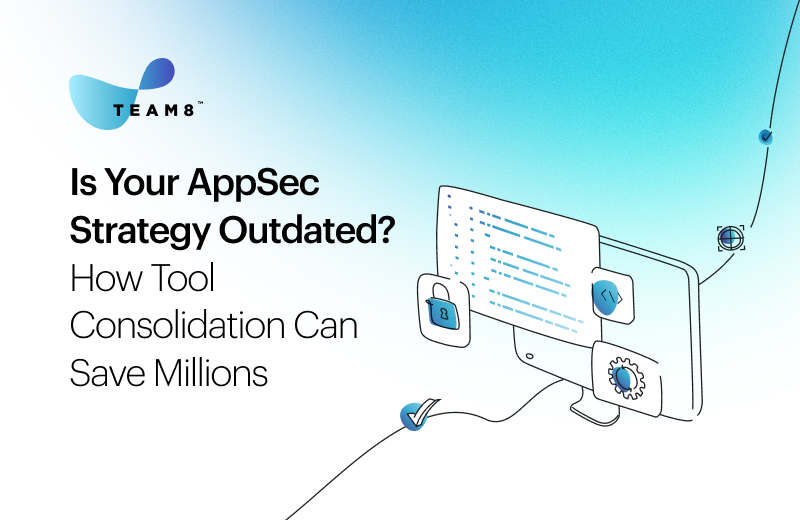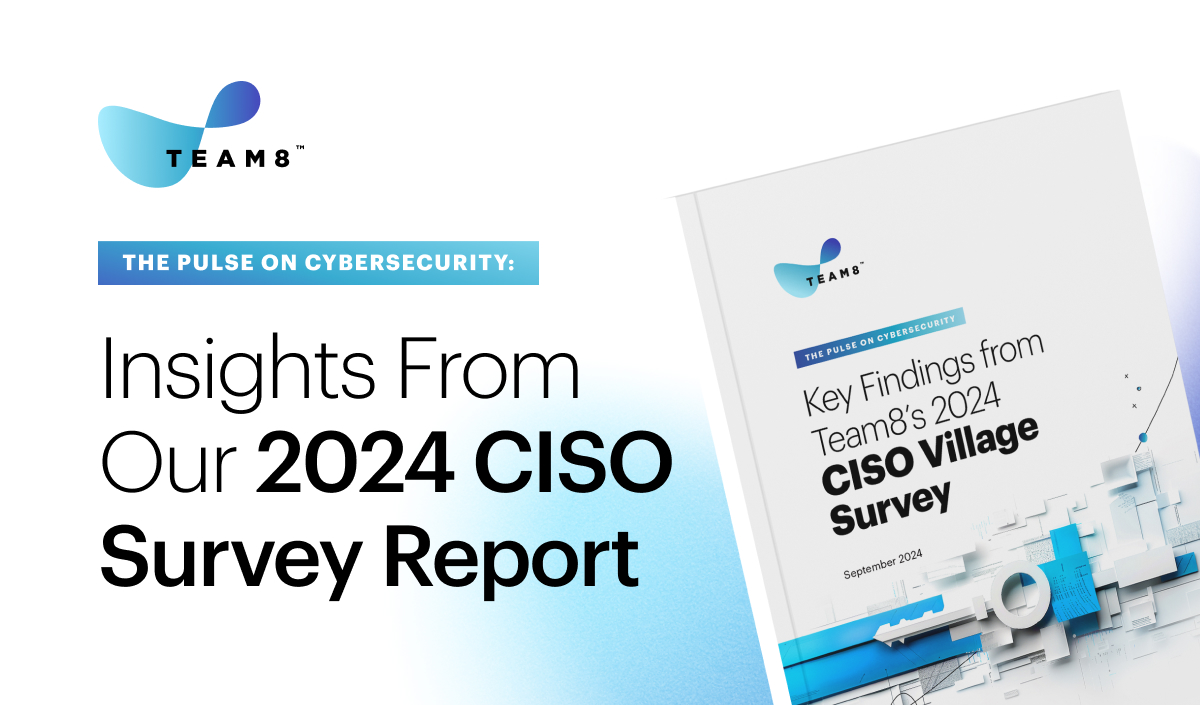When it comes to protecting enterprises against cyberattackers, end users have always been the weak link. Cybercriminals have figured out so many ways to trick users into downloading malware and exposing sensitive information, that it’s almost impossible to get ahead of the game.
Now, with so many of our employees, contractors, and third-party vendors working from home as a result of COVID-19, we are even more exposed. A recent AT&T survey found that 35% of remote workers now use the same device for work and personal use, 24% share or store sensitive information in unsanctioned cloud applications, and nearly 20% share their work device with another family member.
We’re seeing enterprises react to this increased risk by imposing more IT security restrictions. However, this often makes it harder for end-users, who are already struggling to be productive at home, to do their jobs effectively.
Plus, even with new cybersecurity measures in place, there are still gaping security holes, as that survey pointed out:
- 24% of organizations don’t have secure gateways to applications hosted in the cloud or in a data center
- 22% have not increased endpoint security to protect laptops
- 25% have not offered additional cybersecurity training for employees
As security teams grapple with the significant risks inherent in allowing BYODs and third-party devices to access the corporate network, it’s becoming very clear that traditional remote working technologies aren’t sufficient. VPN-only, DaaS (Desktops-as-a-Service), and Virtual Remote Desktop solutions are often complex to deploy and manage, provide a sub-par user experience and have many holes that attackers can slip through. And once cyber criminals infiltrate a device, it’s an easy path to sensitive information.
There needs to be a simple, yet strong security solution that can address user productivity issues, while mitigating the risk from widespread remote access to corporate networks from non-corporate devices.
Say Hello to Workspace Isolation
Workspace isolation creates a separate and, as the name implies, isolated workspace on users’ endpoints. It’s a lightweight operating system that lives in a virtual machine and is used essentially, as a secure environment, which is completely separate from everything else on that device. This means cyber criminals who may infiltrate the device are limited in reaching this environment and most likely can’t even see that it exists.
Workspace Isolation can be used by companies to:
(1) protect their corporate endpoints with an isolated workspace for high risk activities
(2) provide their workforce with a secure corporate access from unmanaged endpoints
Making Workspace Isolation Simple, Easy and Effective
When developing the new solution we knew that we wanted to introduce a workspace isolation solution that is simple to deploy, provides immediate value, and is easy to manage so that IT staff isn’t overburdened.
- Out-of-the-box deployment: This needs to be extremely easy and fast, no need to build or manage a full virtual OS image, workspaces should be installable in minutes and work right out of the box.
- Usability: Users should be up and running quickly, and working seamlessly. To enable this, the isolated workspace needs to appear as an integrated part of their device with a familiar look and feel, so there is no user learning curve.
- Control: Controlling what end-users do within the isolated workspace is crucial. The more control you have, the better you can ensure both security and productivity. This includes everything from locking the workspace down so there’s no general internet access, and specifying what — if anything — can be cut/pasted, to blocking or allowing the user’s USB devices and printers to access the workspace. Ideally, you can also pre-install it with a set of applications and policies, and even remote wipe it clean.
We Isolate Your Workspace.
We developed Hysolate Isolated-Workspace-as-a-Service with all of this top-of-mind. It’s a turnkey workspace isolation solution that’s easy and secure for everyone: IT teams who need a simple, reliable way to manage endpoint security; WFH employees and third parties whose productivity depends on easily accessing corporate information; and your company, which needs to ensure that all stakeholders can freely and securely access appropriate assets.
Originally appeared on Medium





